Twenty years ago, you needed a pro studio to make music. Equipment was big, expensive, and difficult to use. Today though, anyone can make professional recordings from the comfort of their own home.
You’ll need a little know-how, but this guide is here to help you get started by finding the perfect home recording studio equipment.
What do I need to record music at home?
To record music at home, all you really need is a recording device and a way of hearing your music played back. Simple!
Most people already own the means to do this – your very own smartphone or tablet. With free software and learning tools, you can record audio, play onscreen instruments, add effects, and hear your track played back.
If you want to achieve better results, you’ll need some specialist gear for your home recording studio setup. Typically, for at-home studios, this will involve a computer and an audio interface. Once you’ve got your core setup of a computer plus audio interface, you can start adding other studio equipment.
Looking for a quick solution? Audio Interface Bundles are a great way to get started – they include an audio interface plus other equipment like microphones, monitoring equipment, and everything you need to record music with your computer. You’ll find bundles for vocalists, producers, musicians, podcasters, and more.
Our top pick | SubZero BASE-2 Home Recording Bundle
See more | Audio Interface Bundles
Contents
These are the essentials you need for your home recording studio kit to produce music, record instruments, or podcast at home:
Computer – The brain of your studio and the storage for your recordings.
Audio Interface – Bridges the gap between your instruments, equipment and microphones to your computer.
DAW software – This is your digital workstation where you will record your music.
Headphones – For monitoring your sound clearly in a controlled environment.
Microphone – To capture acoustic instruments as well as your voice.
Essential accessories: Microphone stands, cables, and more.
Here’s some extra equipment you could also consider:
MIDI Controller – A device to control your software instruments or recording software. Comes in many forms – keyboards, rhythm touchpads, mixing desks, and more.
Studio Furniture – The centrepiece to your studio that keeps you organised and ready for recording.
Studio Monitors – The best way to monitor your music in detail.
Computer
The computer is the centrepiece around which your home studio will be set up. Your computer will allow you to record, produce, edit and mix your tracks at home.
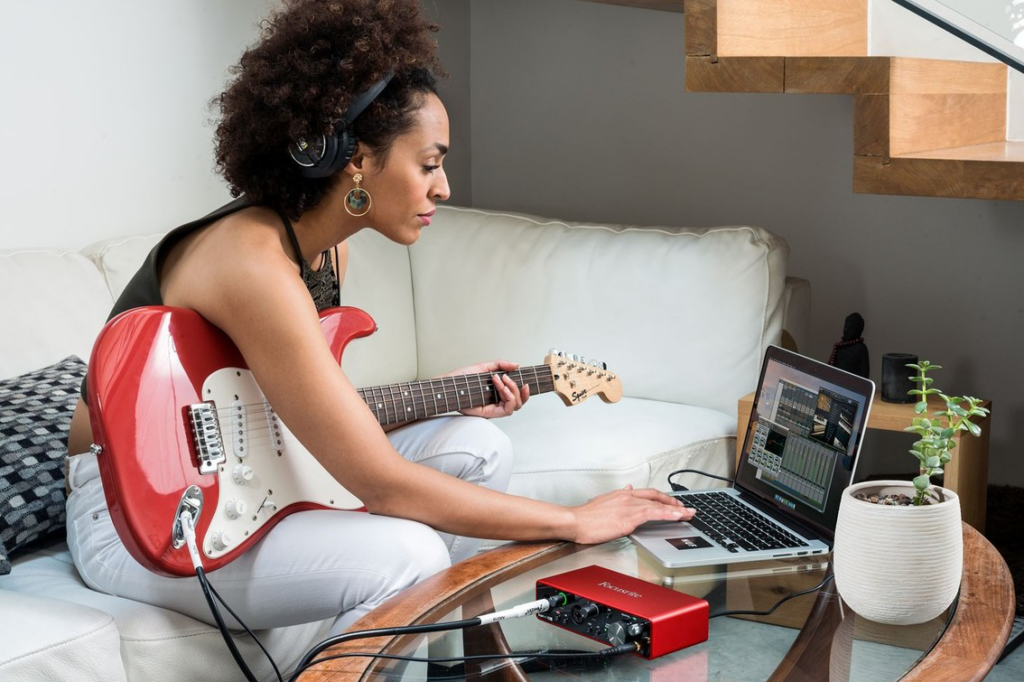
What a music computer does:
- The central hub of your studio – connect your equipment to it via an interface.
- Record, edit, play virtual instruments, mix with effects, produce music, stream online, and much more.
- Use it as the complete ‘user interface’ for your studio.
Why a computer is great for recording music:
- Advancements in technology mean you no longer need the most cutting edge computer to record, most mid-range and some entry-level computers will be adequate for audio production.
- The world of software opens up new possibilities for editing, mixing, mastering adding effects and much more.
- Super flexible – built your setup exactly to your requirements.
What to consider with a music computer:
- You’ll need an audio interface to connect studio gear to your computer.
- More RAM lets you layer more musical tracks, use more virtual instruments, and mix with more effects. Aim for 4GB minimum if possible.
- Music files take up a lot of room. You may need to invest in external hard drives to save large projects.
- A fancy graphics card or cutting-edge processor isn’t required for music – simply aim for decent RAM and storage space.
- SSD hard drives dramatically speed up the response of your computer – perfect for music production.
Shop now | Audio Computers
Audio Interface
Turn your computer into a studio with an audio interface. It’s the bridge between your computer and other musical equipment.
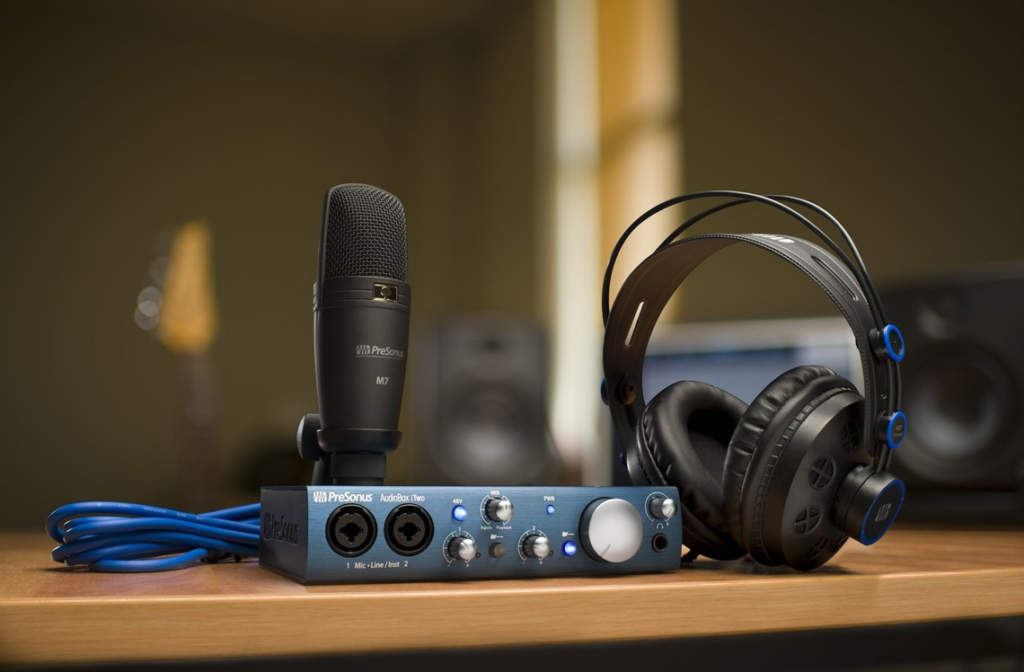
What an audio interface is for:
- Turn your computer into a recording studio.
- Expand your computer’s range of inputs and outputs.
- Connect instruments, microphones, and monitoring equipment to your computer.
- Record more than one sound source at once at a time
Why an audio interface is great for music:
- Many different options to connect to your computer – USB/Thunderbolt/Firewire.
- Connect all your musical gear to your computer.
Some have built-in DSP processing to lighten the load on your computer. With this, you can process your audio tracks through the interface before it reaches your DAW for quick and easy professional sounds. Universal Audio Apollo Twin X is a fantastic example of this.
What to consider with an audio interface:
- How many instruments/microphones do you want to record at once? A podcaster or songwriter may just need 1 or 2 inputs. A band may need 6 mic inputs or more.
- If you’re only using an interface to edit music, or play with software instruments, you may not need any mic preamps.
- Check the connectivity of your computer for the right interface – USB/Thunderbolt/Firewire.
Audio interface bundles:
If you need a one-stop solution to begin your recording journey, investing in an audio interface bundle could be the right option for you. Here, you will find great-value kits with microphones, monitoring equipment, and essential gear to get you recording. Here are a few of our favourites:
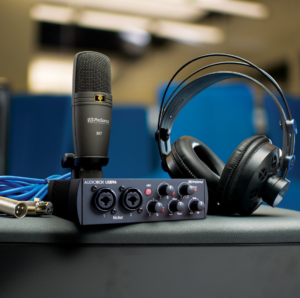
PreSonus Audiobox 96 Studio, 25th Anniversary Edition – Includes microphone for recording vocals, two-channel audio interface, excellent quality closed-back headphones and PreSonus software, Studio One.
Focusrite Scarlett Solo Studio (3rd Gen) – One of the most revered beginner audio interfaces on today’s market. Includes both a high-quality microphone and headphones for recording vocals and monitoring.
EVO By Audient EVO SRB Recording Pack – An excellent quality interface with a unique ‘Smartgain’ function to set it apart from the competition. Includes powerful EVO headphones and a detailed condenser microphone to get you started.
Shop now | Audio Interfaces
Shop now | Audio Interface Bundles
DAW
The DAW (Digital Audio Workstation) is the software that lets you record and playback music on your computer. It lets you layer tracks, add effects, play software instruments, and mix your tracks together.
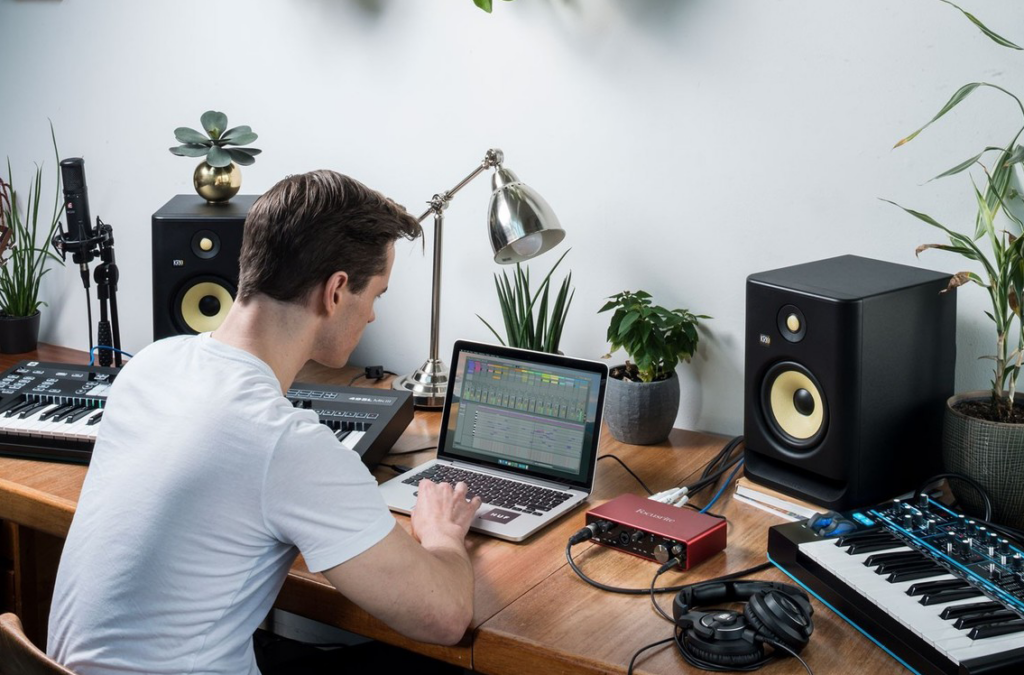
What a DAW is for:
- The main user interface of your computer-based setup.
- Add virtual instruments in your composition for extra creative flair.
- Visually arrange and edit your performances.
- Mix your audio using effects and plug-ins to achieve professional tracks.
Why a DAW is great:
- Choose the DAW to suit you – free trials are often available to get started.
- ‘See’ your music and arrangement on screen.
- Highly intuitive for working with music.
- Makes it easy to build arrangements, layer tracks, play software instruments, add effects, and automate.
- DAWs let you control virtual instruments. Some are incredibly realistic recreations of acoustic instruments and synths. Many film and TV composers use them to produce music.
What to consider with a DAW:
- Which DAW suits you? Get a free trial before buying.
- Do you want virtual instruments? See if they come included.
- How many tracks do you need to layer?
- Are you working on Apple? Logic Pro and the (free) Garageband DAWs are available to you exclusively through Apple.
DAW software is used by producers, composers, songwriters, electronic musicians, podcasters, and more – no matter what you’re creating, you’ll find the right DAW for you.
DAW software also frequently comes with extra ‘virtual’ instruments built-in. You can use a MIDI controller (see more below) to play these instruments. They can be incredibly convincing, whether they’re emulating acoustic instruments or electronic instruments. Some virtual instruments will even create a musical part for you based on different parameters, making it easy to create a complete track.
DAW software also allows you to play with samples (recorded segments of audio). You could create an entire track by looping these samples and layering them together.
Often is the case that audio interfaces come bundled with a DAW to get you started right out of the box.
Shop now | DAW Software
Headphones
You need a way to monitor your performance, both live and played back when you have recorded. Headphones offer a controlled environment to listen back to your recording in great detail at a great price point.
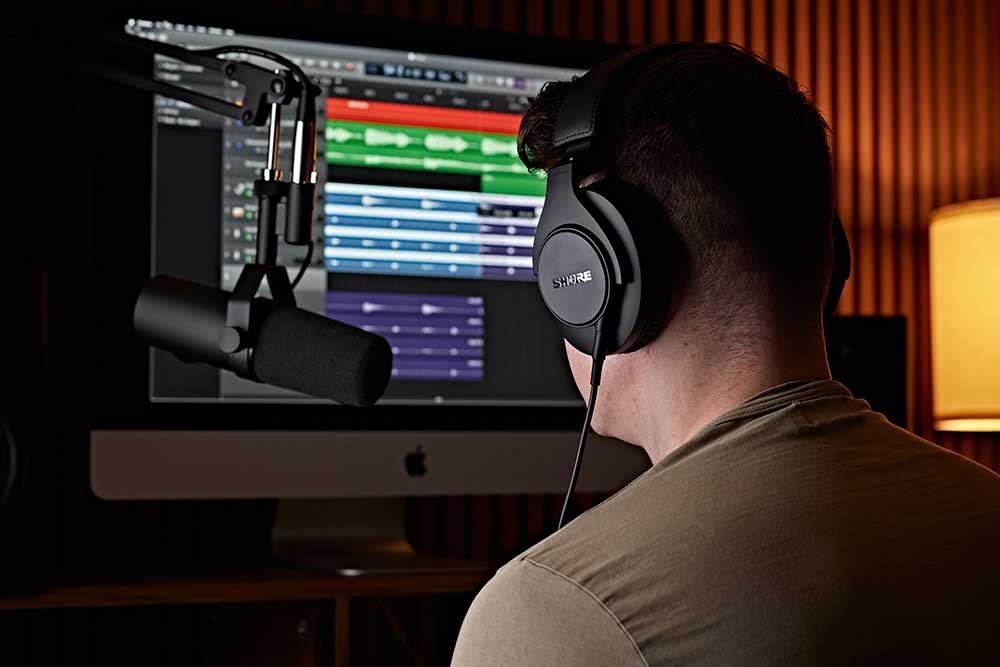
What headphones are for:
- Hear all parts of your music clearly.
- Live monitor the sound of your instrument or voice, as well as playback recorded performances.
Why headphones are great for recording music:
- More affordable than studio monitors.
- Multi-purpose: mix music accurately, monitor sounds, or simply enjoy your music and films.
What to consider:
- Closed-back headphones stop sound from escaping. Great for recording instruments with a mic while your track is playing in the headphones or for staying quiet during late-night sessions.
- Open-back headphones let sound escape out the sides – not ideal for recording but very comfy and feature very accurate sound.
- Check your cable length. You may need a cable extension to record instruments or drums.
- Recording a loud instrument? You may need a headphone amp.
Shop now | Studio headphones
Microphones
Capture the sound of your voice or instrument with a microphone. With many different mics specialised for different jobs, here are the best recording mics for home studios – whatever your situation.
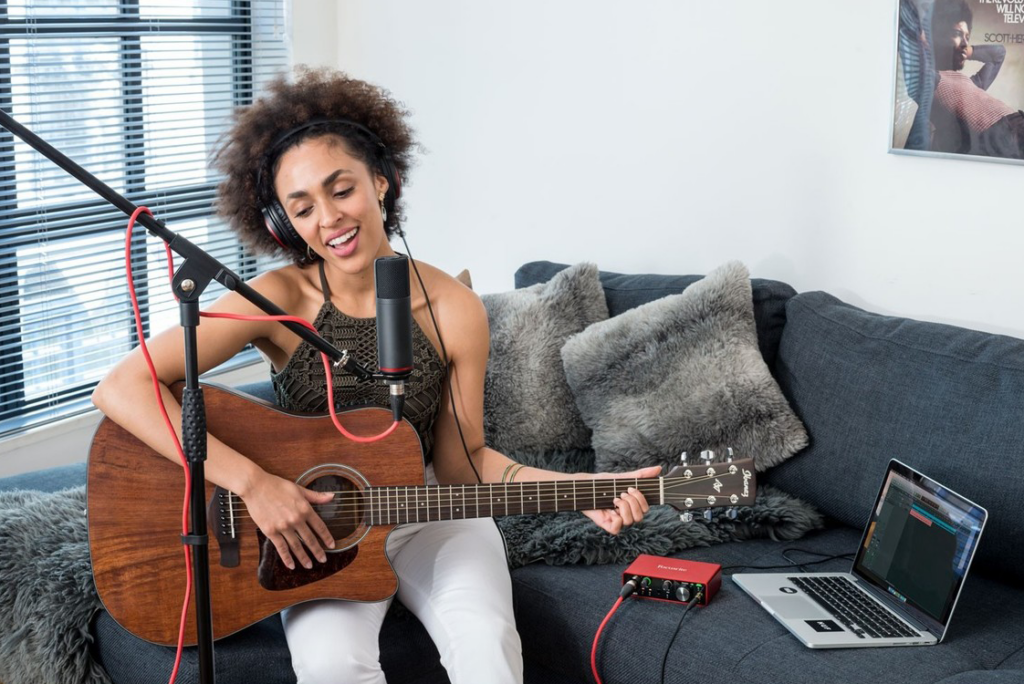
Shop now | Studio Microphones
Dynamic microphones
The least sensitive of the microphone capsule types, ideal for a wide range of applications including electric guitar cabinets and drum shells.
What they’re for:
- Generally for instruments with a louder SPL (Sound Pressure Level) like guitar amps, brass instruments or drums.
- Instruments on stage.
- Studio and broadcast.
Why they’re great:
- Rugged design and can handle loud volumes without overloading and causing distortion.
- More feedback-resistant than other microphone types, making it ideal for the stage.
- Typically the most inexpensive microphone type.
- Direct and ‘up-front’ sound.
What to consider:
- Not quite as sensitive as some other mic types meaning dynamic instruments may not pick up as easily.
- Often not as ‘transparent’ as other microphone types and may colour your sound more.
If you’re recording a podcast or want to try voiceover for a video, the Shure SM7B is one of the industry classics. While it is a dynamic microphone, it is incredibly popular for producers and podcasters due to its silky, characteristic warmth and well-rounded sound.
Shop now | Studio Dynamic Microphones
Small diaphragm condenser microphones
A sensitive and balanced microphone with a more transparent sound – ideal for dynamic acoustic instruments.
What they’re for:
- Detailed studio recordings.
- Acoustic instruments with a high dynamic range.
- Drum cymbal and room ambience recordings.
- Full-range instruments such as pianos.
Why they’re great:
- Clear and transparent sound.
- Large dynamic range.
- Will be suitable for most instruments in the studio.
- Can often purchase as a ‘matched pair’ for accurate stereo recordings.
What to consider:
- May have too much of a transparent sound – sometimes, colouration is a good thing.
- Require Phantom power – this is supplied from mixing desks or an audio interface.
- Highly sensitive designs require care if used in live situations.
Shop now | Small diaphragm studio condenser microphones
Large-diaphragm condenser microphones
Deliver a smoother response to small-diaphragm condensers, capturing your sound with excellent balance and detail. Imprint a signature ‘colour’ to your recording.
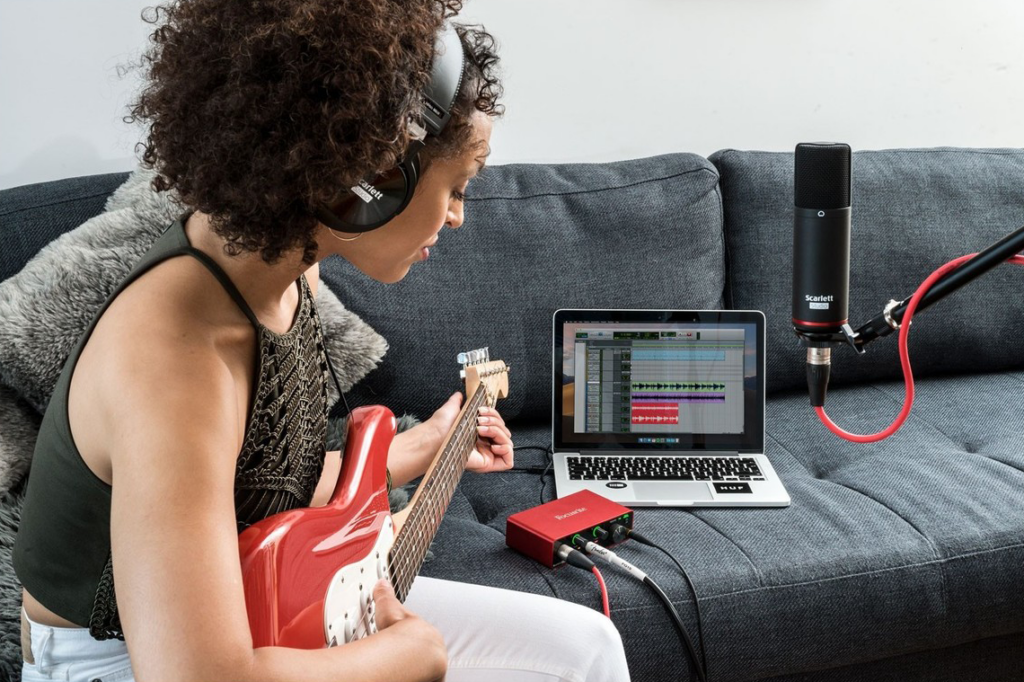
What it’s for:
- Vocal recordings.
- Capturing detail and nuance in an acoustic guitar.
- Full range instruments with lots of dynamic range.
Why they’re great:
- Clear and natural sound with a large dynamic range.
- Some have switchable polar patterns for different applications.
- May include filters to roll-off excessive highs and lows for a more balanced sound.
What to consider:
- Highly sensitive – require care if used in live environments.
- Require Phantom power from the mixing desk or audio interface.
- Pop filter and shock mount will be needed to avoid capturing low-frequency rumble and plosives.
Shop now | Large Diaphragm Studio Condenser Microphones
Other microphone options
USB microphones – Ideal for podcasting, these are plug and play microphones that don’t require any external equipment.
Ribbon microphones – A highly specialised microphone that has limited applications due to the extremely sensitive ribbon capsule. Ideal for broadcasting vocals or acoustic guitars due to the signature warm sound.
Instrument microphones – An adaptation of the dynamic or condenser mics described above. Features bespoke clamps and sonic patterns that suit certain instruments. You’ll find mics for vocals, drums, strings, brass, percussion, guitars, pianos, and much more.
Tube microphones – Boutique and premium microphones that require a tube amplifier to achieve optimum gain levels. Apply analog compression and saturation to your sound that’s ideal for studio vocal recordings.
Microphone accessories
If you’re buying a microphone to record vocals, don’t forget a pop shield. It helps reduce the sibilance and plosives in your voice (the loud ‘s’ sounds and popping ‘p’ or ‘b’ sounds). If you really want to isolate your vocal sound, you may consider a reflection filter – it’s like stepping inside your very own vocal booth.
Don’t forget your accessories! You’ll need an XLR microphone cable and a microphone stand. See even more microphone accessories here.
MIDI Controller
MIDI Controllers let you control software and virtual instruments inside of your DAW. They come in many different types depending on your needs including keyboards, rhythm pads, control surfaces and more.
If you’d like to learn even more, read our MIDI Controller Buyer’s Guide.
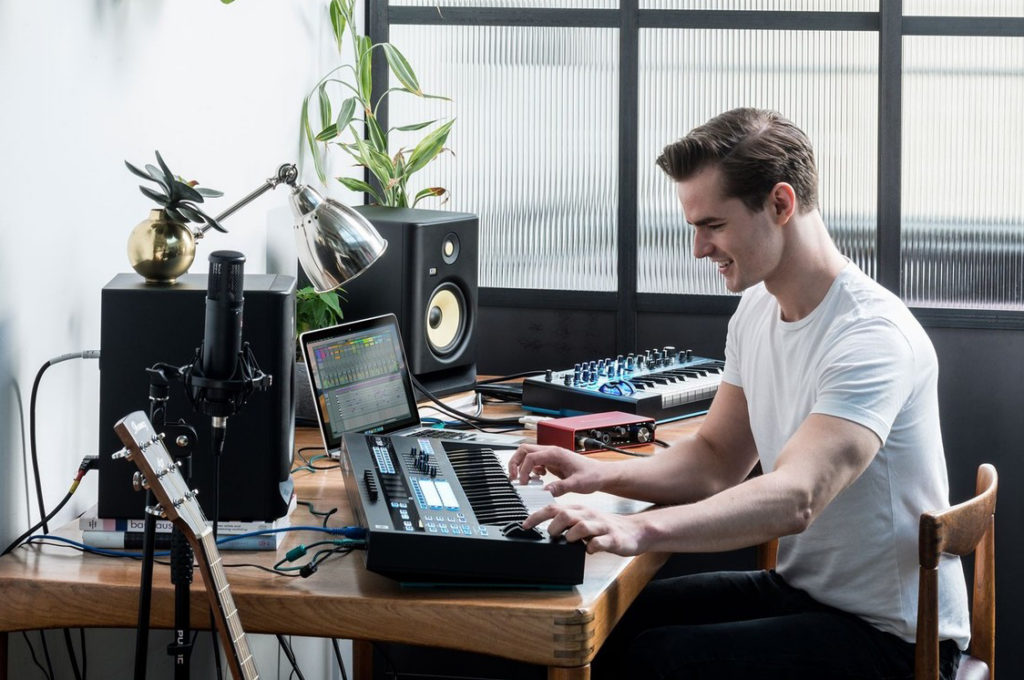
Keyboard Controller
Keyboard MIDI controllers let you plug in via USB to your computer and control your software instruments with a traditional keyboard playing. Coming in many different versions, some will have weighted keys with aftertouch and others will have non-weighted keys.
Percussion Pad
Percussion pad MIDI controllers let you tap out your beats or melodies. They are sensitive to pressure for velocity triggering and make beat creation a much more hands-on process. Great for live studio performances.
Control Surface
MIDI Control Surfaces are laid out much like traditional mixing desks with an array of sliders, faders and knobs. With these, you can control the main mixing faders inside your DAW as well as adjust the parameters of your virtual instruments.
Many of today’s MIDI controllers include a combination of the features described above, giving you multiple ways of controlling your computer software from a single device.
You’ll also find many controllers that come complete with software instruments to make music straight out the box. Check out the Native Instruments Controllers if you’d like a premium set of software included with your controller.
Learn more | MIDI Controller Buyer’s Guide
Shop now | MIDI controllers
Studio Furniture
If you’re putting together a home studio, an essential part of your setup is your furniture and desk.
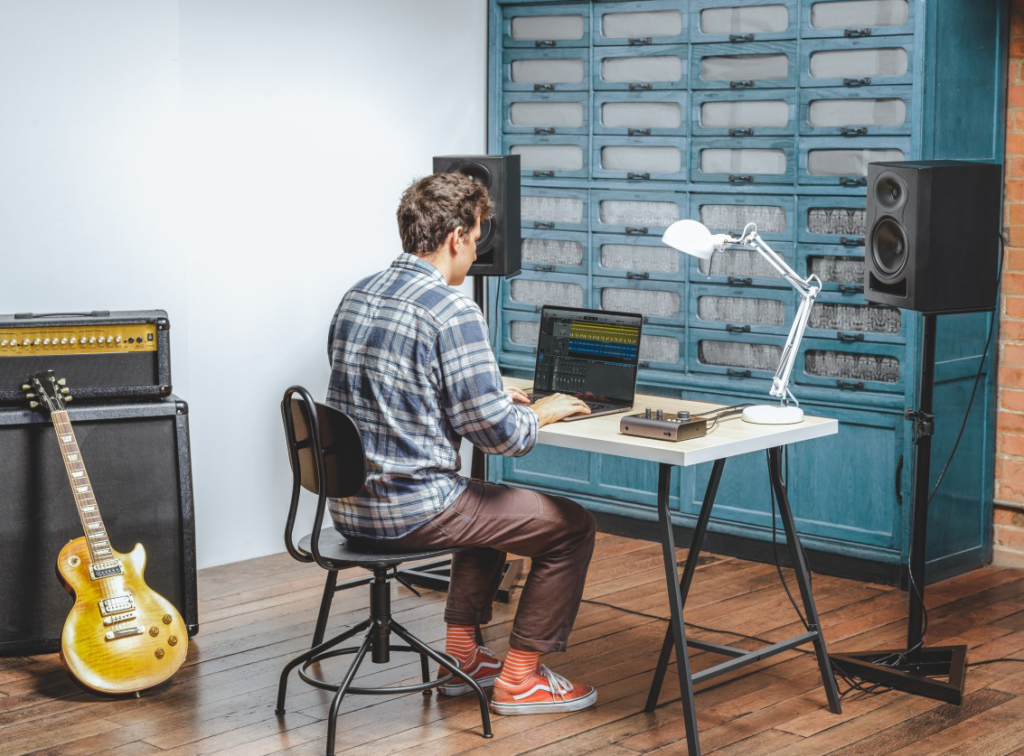
What it’s for:
- A place to store all of your equipment.
- Get organised, ready to record at all times.
- Mount for equipment to protect against damage.
- Place monitors and keyboards at the optimal position for creating.
Why it’s great:
- Bespoke furniture, designed for musicians, producers, and creatives.
- Ergonomic designs – puts everything within reach.
- Come in many different sizes and designs, there will be something for everyone.
- Place your monitors and computer peripherals at the optimal positions for creating.
At its simplest, studio furniture can be a set of speaker stands, designed to isolate your speakers from the surface that they’re sat on.
Studio furniture could also come in the form of a bespoke home studio desk, designed to organise your equipment and mount your monitors. The 3 Tier Pro Audio Studio Desk by Gear4music is an affordable option with a sturdy structure.
You may also consider acoustic treatment to make sure the room you’re working in has no unwanted resonant frequencies that could distort your mix. Check out the AcouFoam Room Kit as a great starting point.
Shop now | Studio furniture
Studio Monitors
Studio monitors are designed to give you the most accurate representation of your music. Unlike hi-fi speakers, studio monitors won’t flatter your mix by making it sound better which is exactly what you need when mixing your tracks.
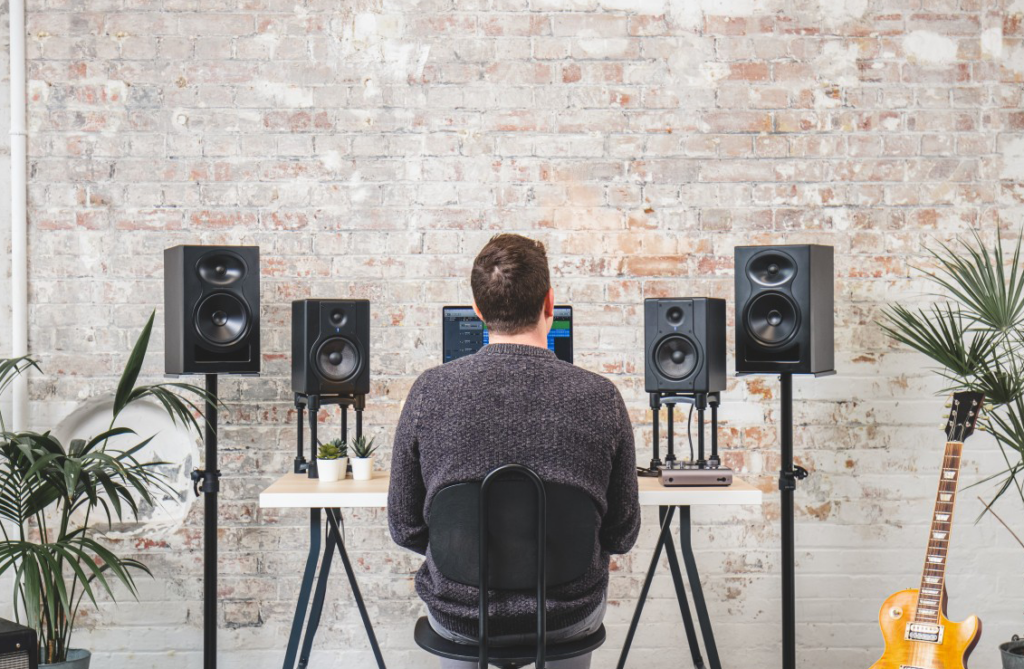
What it’s for:
- Listening back to your recorded music.
- Get a true representation of your mix.
Why it’s great:
- Designed for clear and transparent sound – not designed to artificially flatter your audio.
- Offers a better representation of your mix than studio headphones making it ideal for mixing and mastering your music.
- If you can make your music sound good on studio monitors, your mix will translate to more systems such as car stereos or traditional hi-fi speakers.
What to consider:
- Active speakers have a built-in amp, passive speakers require a separate power amp.
- Smaller monitors are more suitable for smaller rooms. The reduced bass response won’t overpower your room.
- Larger monitors (6” and above) are ideal for larger rooms. They deliver more bass and louder volume.
- Ported speakers have a hole that helps amplify the bass. If it’s a rear-facing port, don’t place the port too near a wall or in a corner as it’ll muddy the response.
- Speaker stands or isolation pads help get a clearer sound.
- Acoustic treatment (foam panels and bass traps) can greatly help the sound in your room.
Shop now | Studio monitors
Find out more
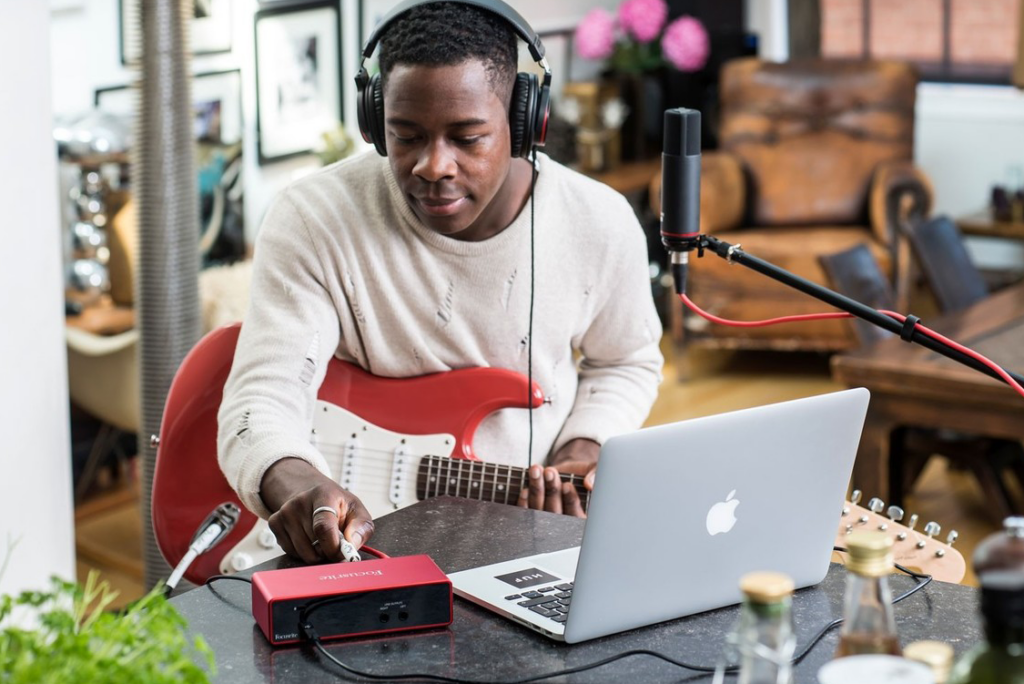
No two home studios look alike, and you’ll find yourself making many decisions based on budget and requirements. The great thing about a home studio is that you can build one up piece-by-piece, upgrading and changing gear as you go.
Shop now | Home recording equipment
Shop now | Audio interface bundles

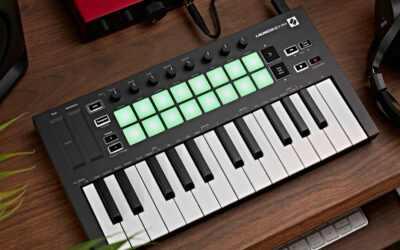
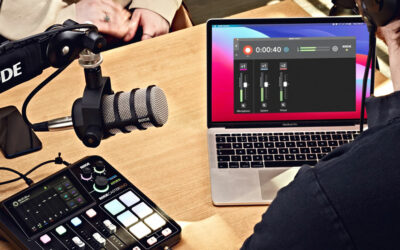


0 Comments